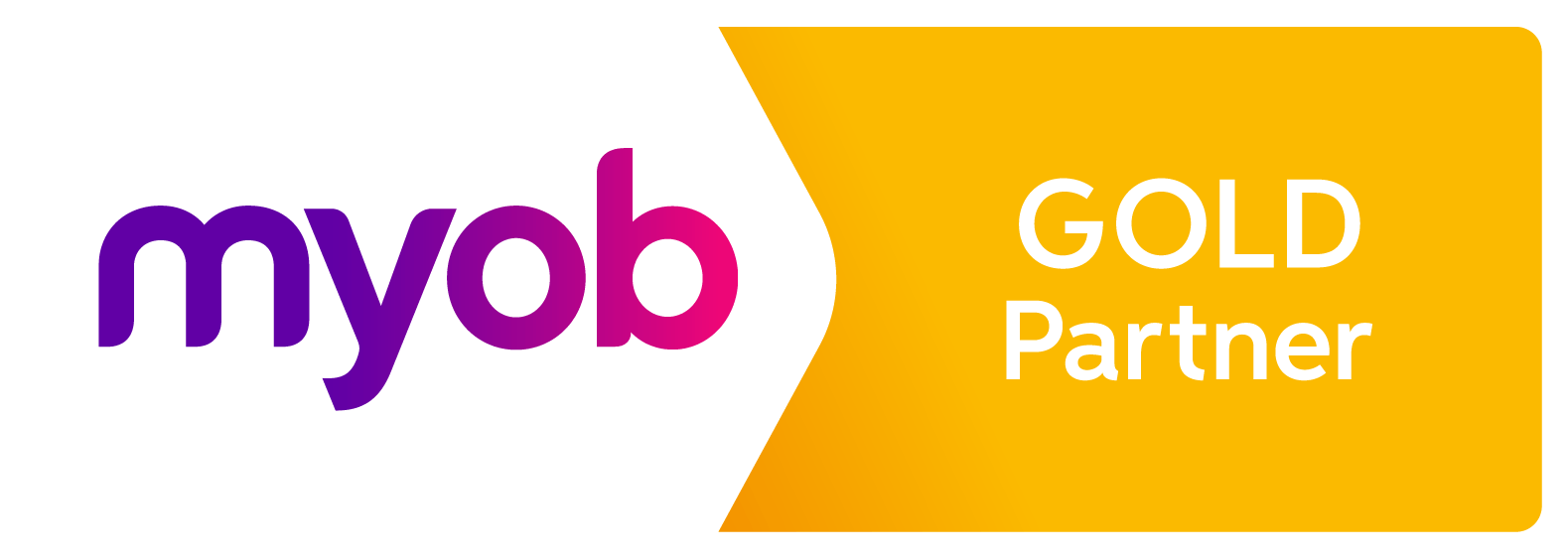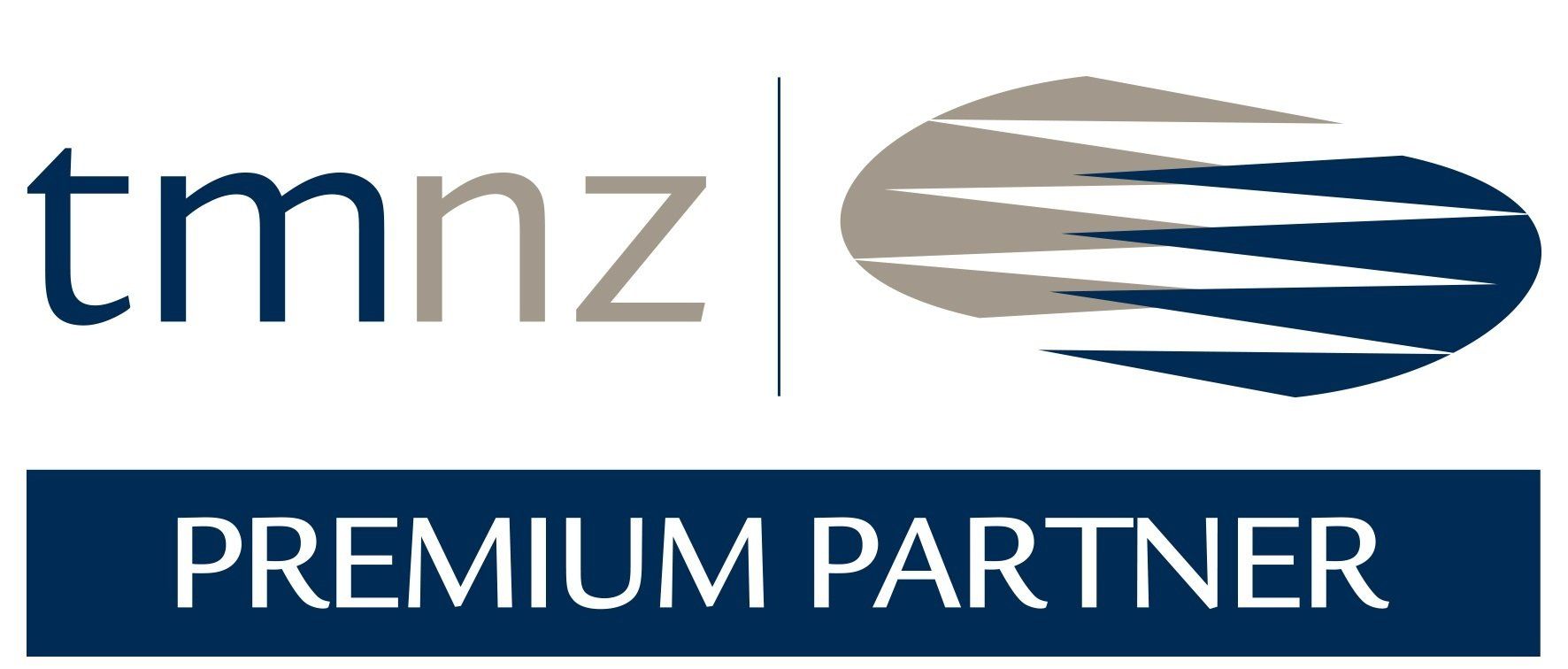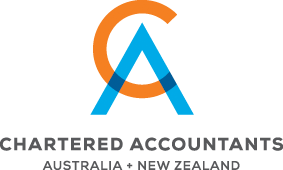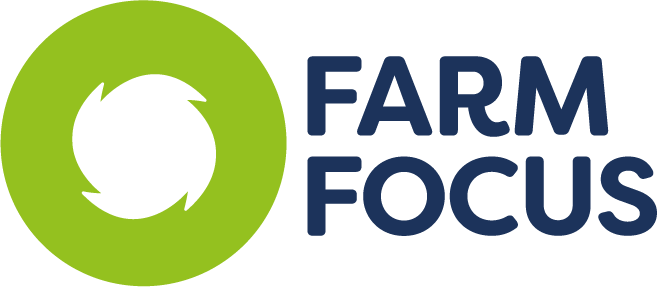CG Update May 2023 - Rural Edition
CG Update May 2023 - Rural Edition
End of Financial Year: If your Financial Year ends 31 May you will receive a green questionnaire from us. Even if you think there is nothing to fill out, please sign the front page and send it in.
Livestock Numbers: Here are a few tips to help you accurately record your livestock numbers.
· It is a lot easier if it’s done on or near to balance date.
· Don’t include heifers coming into the herd in the cow numbers, these are R2 heifers at 31 May.
· Don’t forget to include carry over cows, stock out grazing or leased out that you own.
· Calves born after last year’s balance date and before this year’s balance date are categorised as Rising 1. So autumn-born calves are R1 calves at 31 May. Please show 2023 autumn-born calf numbers separately on the questionnaire.
Farmer Outlook
· The expected Fonterra payout for a May balance date will be about $8.30.
· Early indications are for a similar payout for 2024. The NZX Futures market is predicting about $8.40 currently.
· Farm costs have risen significantly, particularly feed and fertiliser. Pay attention to your costs and work to minimise the impact of these price increases on your business where possible.
· All going well, interest rates should be near their peak which would suggest that if you are going to fix, a shorter term is better.
· Banks do have a positive long-term outlook on Dairy Farming. Be proactive around your requirements. Start with a budget and don’t be afraid to discuss interest rates.
· Talk to your bank about temporarily reducing your principal repayments. Nobody likes surprises so discuss issues early.
· Remain optimistic and maintain a long-term view.
Dairy Farmers Cashflow: With a static payout and increasing costs, cashflow is going to be tight for many farmers through the winter.
- Your bank may allow you to put a hold or reduce your principal repayments over the short term. Hopefully they realise that there’s no point increasing your overdraft to make your principal repayments.
- The IRD will be expecting a large 28 June tax payment based on the 2022 year’s larger profits. We will be reviewing these tax amounts and look to reduce these where possible.
Tax Tips for Dairy Farmers before 31 May: Tax deductible expenditure includes:
- R&M on tracks, water and fencing;
- Applying fertiliser.
- Prepay your Road User Charges before 31 May.
- Stock up on farm stores such as feed, fuel, fertiliser, and animal health products. The total value of unused stores on hand at balance date must be below $58,000 to be a tax saving.
- You don’t need to pay for these before 31 May, but the invoice needs to be dated in May.
- Assets under $1,000 are immediately deductible, but a new ute or tractor won’t reduce your tax bill much.
Budgets: Now is a great time to put together a budget for the 2024 season:
- It is important to have a robust financial plan rather than relying purely on good fortune.
- It helps you clarify the decisions you need to make.
- It will give direction on where you are going.
Please let us know if you would like us to assist you with a budget, we have all your financial information and history.
Once the budget is sorted, we can prepare reports that compare actual vs. budget figures on a when preparing your GST returns. This helps you keep track how you are performing compared to budget, or even just compared to last year.
Provisional tax – 28 June instalment: Provisional tax payers are about to receive their last instalment notice for the 2023 provisional tax commitment.
- Using IRD’s standard calculation method, this tax payment is based upon your 2022 tax return plus an uplift of 5%.
- With reduced payouts and higher costs, most farms will have a lower profit than last year.
- Your 28 June tax payment is likely to be lower than the IRD is expecting using the standard uplift.
- We will be reviewing your profit for the year to date in order to give you a better estimate of what you need to pay.
Tax Deferral options: Rather than using the overdraft to pay your tax there is an option to defer the tax payment using Tax Pooling.
· We use Tax Management New Zealand (TMNZ) and can defer the tax payment for an interest cost that is cheaper than that charged by the IRD.
· A common scenario is clients deferring their 28 June tax payment until November when cashflow is picking up. Talk to us if this is of interest to you.
Tax Text Reminders: We now email tax payment letters. We can also send out text reminders a few days before your tax is due. Let us know if you wish to make use of this text option.
Wages & Payroll: If you’re having headaches with paying your wages and filing your PAYE, we have a dedicated team working specifically on employment and payment of staff.
· We can also handle your IRD filing requirements.
· If you are wanting help with employment agreements, wages calculations for new or existing employees, or final pay calculations, please contact us.
· We can advise on software which can be used for keeping timesheets and preparing wages.
Minimum Wage is now $22.70 per hour. You may need to check what hours your staff are working to ensure they’re at least being paid the minimum hourly rate, particularly over the calving period.
It’s better for you to pay your staff fortnightly rather than weekly so the payroll covers the typical roster and includes days off.
Accommodation: A house with the job is a point of difference that farm employers should be using to attract workers.
· Farmers who provide accommodation to staff as part of their package should use market value rents as the taxable value of the house to be included in the wage calculation.
· A higher house value also helps you meet minimum wage requirements.
Wages to children: Wages to children are taxed at source like other wages. Paying your kids for getting the cows in or pulling weeds is still very tax efficient as they’ll mostly fall within the 10.5% tax threshold. To ensure that a tax deduction is permitted:
- The wages should actually be paid, we recommend an automatic payment into the child’s bank account.You need to register as an employer
- The wages must be for genuine work done, and must be at a market rate. There is no minimum wage for children under 16.
- The child must complete an IR330 and have PAYE deducted.
- All employees, including your own children, require an employment contract.
Government Budget 2023
One of the major changes in the recent government budget was the increase of the Trust tax rate from 33% to 39% to align with the highest individual tax rate. This follows the IRD’s report and misleading comments in the media that top tax payers aren’t paying their fair share of tax. Most dairy farmers, who have had huge tax bills over the past few years, would dispute this claim.
Although the Trust tax rate has increased, it doesn’t necessarily mean that all Trust income will be taxed at this higher rate because some income can be distributed to beneficiaries. There are also other benefits in holding your assets in a Trust.
Some economists are expecting the increased spending in this budget to fuel inflation and lead to further increases in interest rates in the short term. However Treasury eventually expects higher interest rates to help reduce inflation to 4.5% by the end of this year and back near the 1-3% inflation target by late 2024.













